Influencer marketing has evolved from an experimental tactic into a cornerstone of digital strategy, yet countless campaigns continue to underperform. Despite the growth of the creator economy and advances in modern platforms, many brands still approach influencer partnerships with outdated assumptions and weak execution.
The difference between campaigns that generate measurable returns and those that merely generate noise often comes down to fundamental planning, strategic alignment, and professional oversight. Understanding where brands commonly go wrong and how to correct these missteps can transform influencer marketing from a gamble into a reliable channel for growth.
The foundational mistakes that undermine campaigns
The problems begin long before a single post goes live. Too many brands enter influencer marketing without clarity on what they actually want to achieve.
When objectives remain vague or shift mid-campaign, teams inevitably fall back on the easiest metrics to track rather than the ones that matter. Follower counts become proxies for influence, likes become evidence of success, and impressions are mistaken for impact. None of these vanity metrics correlate reliably with the outcomes that actually drive business growth, such as qualified leads, conversions, or brand preference amongst target customers.
Beyond unclear goals, creative misalignment creates further friction. Brands often approach influencer partnerships with the same mindset they bring to traditional advertising, issuing rigid briefs that constrain the creator’s natural voice. This results in content that feels inauthentic, fails to resonate with the creator’s audience – and performs below expectations.
Equally damaging is the tendency to select creators based on reach rather than relevance. A personality with millions of followers may generate visibility, but if their audience has no interest in the product category or lacks purchasing intent, the campaign merely delivers impressions without conversions.
Where execution breaks down
Even when strategy starts on solid ground, execution frequently falters. Campaigns launch without proper tracking infrastructure, making it impossible to attribute sales or sign-ups to specific creators or content formats. Usage rights are overlooked, preventing brands from repurposing high-performing content across paid media or owned channels. Compliance requirements are addressed inconsistently, creating legal risk and eroding audience trust when disclosures are unclear or absent. Performance reviews happen sporadically (if at all), allowing underperforming partnerships to continue while winning formulas remain unscaled.
This operational chaos stems from a fundamental gap in capability. Most brands lack the internal expertise, platform relationships, and creator networks required to execute influencer marketing at a professional standard. The discipline requires fluency in both brand strategy and creator culture, as well as the infrastructure to manage contracts, measure performance, and optimise campaigns in real time.
Without these foundations, even well-intentioned programmes devolve into reactive, disconnected experiments that consume budget without building momentum.
Why professional management changes outcomes
Marketing agencies can bridge the gap between brand ambition and campaign reality. They add structure by matching creators to audiences based on actual fit, rather than surface-level metrics. Through rigorous vetting processes, agencies verify audience authenticity, identify fraudulent engagement, and ensure budgets reach real potential customers – rather than bots or disengaged followers. This diligence protects brand investment and establishes a foundation for meaningful results.
Beyond creator selection, agencies apply planning discipline that aligns influencer activity with broader marketing calendars, prevents content bottlenecks, and coordinates messaging across channels. They negotiate contracts that secure fair compensation alongside usage rights, enabling brands to extend the life of successful content through paid amplification and evergreen assets.
Throughout successive campaigns, agencies accumulate institutional knowledge about which creator profiles drive conversions, the storytelling formats that build trust, and the best platforms for delivering a strong return on investment. As a result, influencer marketing transforms from a series of one-off experiments into a repeatable, measurable system.
The operational advantages of partnering with specialists
Effective influencer marketing relies on smooth collaboration between brands and creators, yet miscommunication routinely derails timelines and dilutes creative output.
Agencies serve as the main point of coordination, translating strategic objectives into clear, actionable briefs – while maintaining the creative freedom that makes influencer content effective. They maintain momentum by managing approvals, resolving issues promptly, and keeping all parties aligned on expectations and deliverables.
As campaigns progress, agencies interpret performance data quickly and make evidence-based adjustments. Budget shifts toward creators and formats that outperform, weak elements are refined or discontinued, and insights fed directly into future planning. This continuous optimisation turns influencer marketing into an adaptive system, rather than a static campaign. It also builds trust on both sides, giving creators the support they need to produce their best work, while giving brands the transparency and control required for confident investment.
Building campaigns on compliance and measurement
Regulatory scrutiny and audience expectations around influencer marketing have intensified considerably. Agencies lead on compliance, ensuring programmes adhere to platform policies, disclosure regulations, and advertising standards. Clear contracts specify usage rights, exclusivity terms, review processes, and payment schedules, thereby reducing ambiguity and accelerating approvals. This attention to detail protects both brand reputation and creator relationships.
Modern measurement extends well beyond surface-level engagement. The strongest agencies track conversion quality, customer acquisition costs, retention rates, and lifetime value, connecting influencer activity directly to business outcomes.
Transparent reporting shows precisely where budget is allocated and what it returns, enabling informed decisions about scaling, refinement, or redirection. This accountability transforms influencer marketing from a creative experiment into a sustainable, high-performing component of the digital marketing mix.
When brands attempt influencer marketing without adequate structure, they typically stumble on goal-setting, creator selection, content rights, compliance, and measurement. The most reliable path to consistent performance is partnering with specialists who bring process, expertise and structure to every campaign.
For brands serious about turning influencer marketing into a dependable growth channel, professional agency support is not optional – it is essential.

